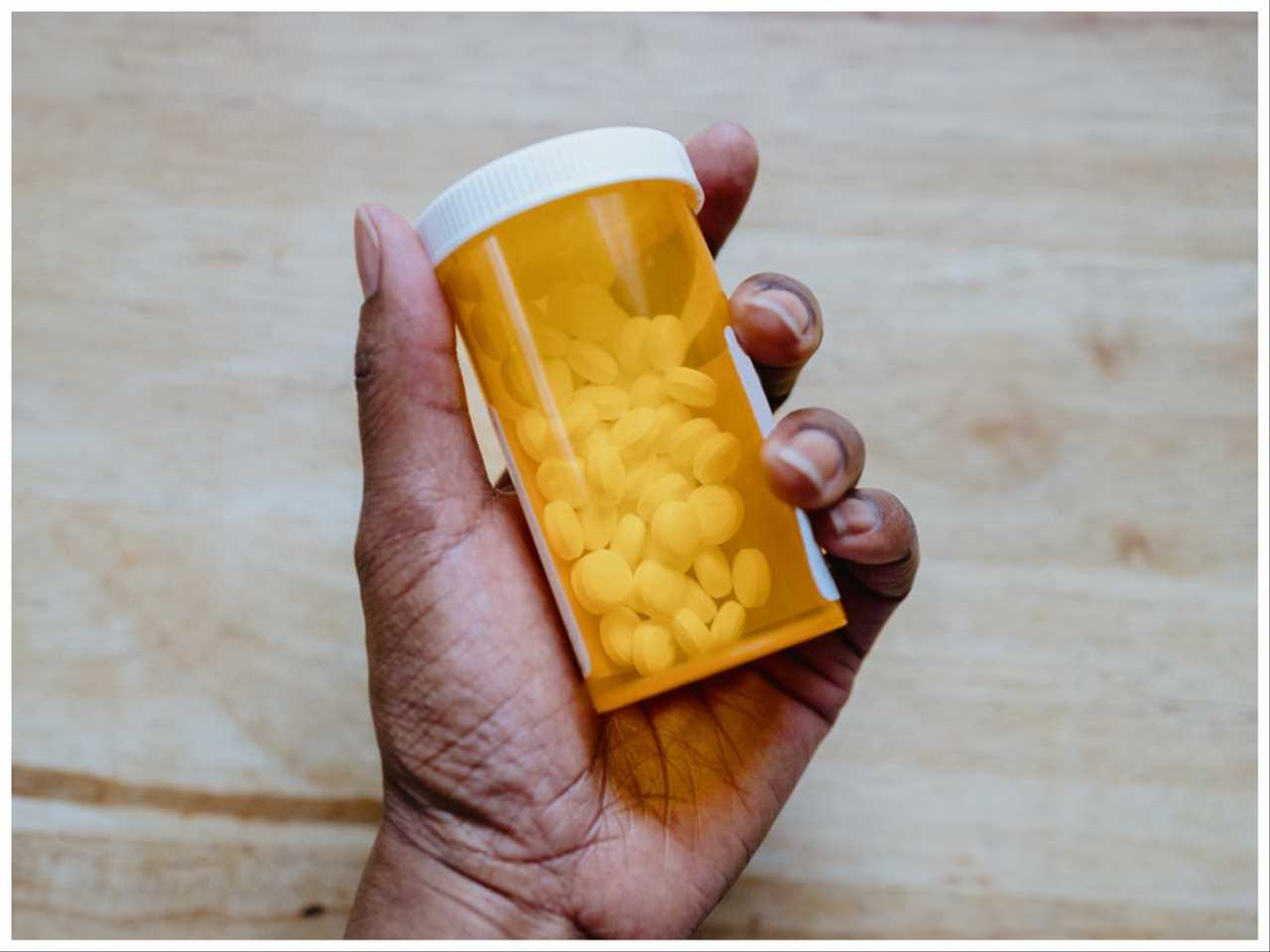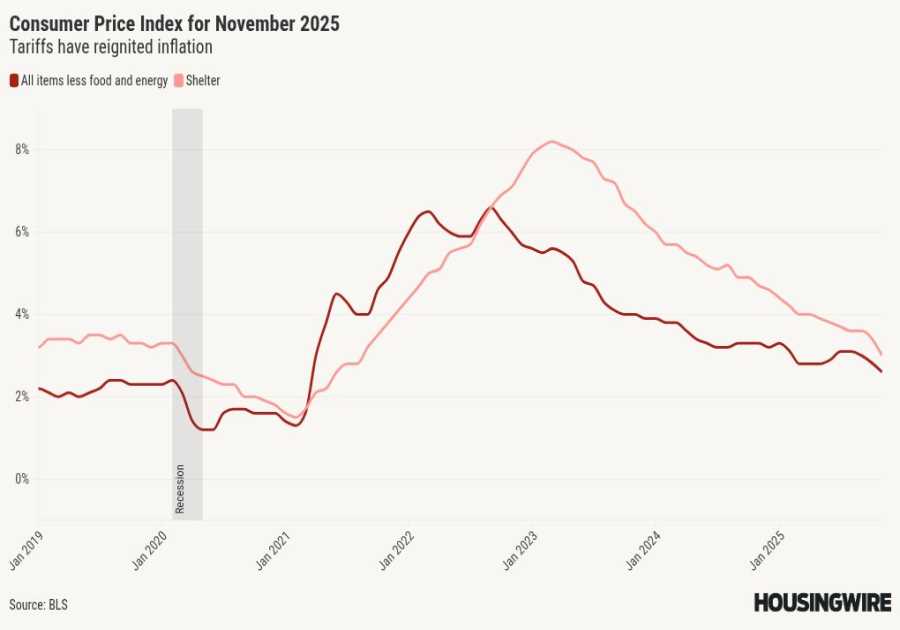
Grace Cary / Getty Images
- Medicare recipients are saving on out-of-pocket drug costs under Biden's Inflation Reduction Act.
- An analysis found that over a million more Medicare beneficiaries could see relief in 2025.
- The act capped drug costs at $2,000, relieving millions of beneficiaries.
Some Medicare recipients could save thousands of dollars on out-of-pocket drug costs next year as even more boomers reach their spending threshold.
Under Medicare Part D — an outpatient drug benefit that was expanded in President Joe Biden's 2022 Inflation Reduction Act — beneficiaries are not required to pay more than $2,000 for out-of-pocket prescription drugs a year. This includes high-cost medications for cancer, rheumatoid arthritis, diabetes, and other serious health conditions. Largely, qualifying recipients are over 65 years old.
A recent analysis by KFF (formerly known as the Kaiser Family Foundation), suggests that over a million more Medicare beneficiaries could see relief from the cap in 2025. This comes ahead of the 2024 presidential election, where the cost of medication is expected to be a top issue for voters.
According to the nonprofit and nonpartisan Progressive Change Institute, 91% of voters support lowering prescription drug costs, 83% of voters support capping out-of-pocket insulin prices, and about 90% of voters support protecting Medicare and Social Security funding.
KFF health tracking polls also reported that inflation, healthcare affordability, and Medicare/Medicaid funding are among the "most important" considerations for over 75% of voters.
In 2023, 50.5 million Medicare beneficiaries were enrolled in Part D plans. About 65 million people in total are enrolled in Medicare, according to the Centers for Medicare & Medicaid Services.
The drug benefit program was initially created around 2007, but millions of boomers still paid over $2,000 a year in out-of-pocket medicine costs prior to Biden's cap.
If the national cost cap had been in place in 2021, KFF estimates that 1.5 million Medicare beneficiaries would have seen relief. For example, 122,000 California Medicare enrollees paid over $2,000 in drug costs that year.
Older adults in California, Florida, Texas, New York, and Pennsylvania — states where more than 75,000 beneficiaries were paying over $2,000 in out-of-pocket costs — are expected to see the most benefit from the cap, according to KFF and Medicare claim data. Experts predict that the cap will continue to provide relief for more boomers over time as they reach the $2,000 payment threshold.
This is because the cost cap applies to beneficiaries who have persistently high drug costs over multiple years, as well as those who have high costs in one year but not over time. Individuals who have chronic health conditions will see especially significant benefits, KFF experts said.
There is a risk that more Medicare enrollees using the $2,000 out-of-pocket cap could raise plan premiums, but the Inflation Reduction Act includes a stabilization provision designed to keep plans affordable over time. And, drug companies are now legally required to pay rebates or offer partial refunds to the Centers for Medicare and Medicaid Services on any drug prices hiked beyond the rate of inflation.
Changes to Medicare in past years have also included the implementation of a $35 cap on insulin prices and negotiation on the sale price of several other drugs.
Are you a boomer who has faced barriers to affording prescription drugs? Are you a Medicare beneficiary who has seen relief from the out-of-pocket drug cost cap? Contact this reporter at [email protected].
Read More
By: [email protected] (Allie Kelly)
Title: Over a million boomers on Medicare could save big on prescription drugs next year
Sourced From: www.businessinsider.com/boomers-medicare-part-d-prescription-drug-costs-biden-inflation-reduction-2024-2
Published Date: Wed, 14 Feb 2024 11:03:01 +0000
Did you miss our previous article...
https://trendinginbusiness.business/politcal/airlines-cancel-more-than-1100-flights-as-noreaster-winter-storm-strikes
.png)





